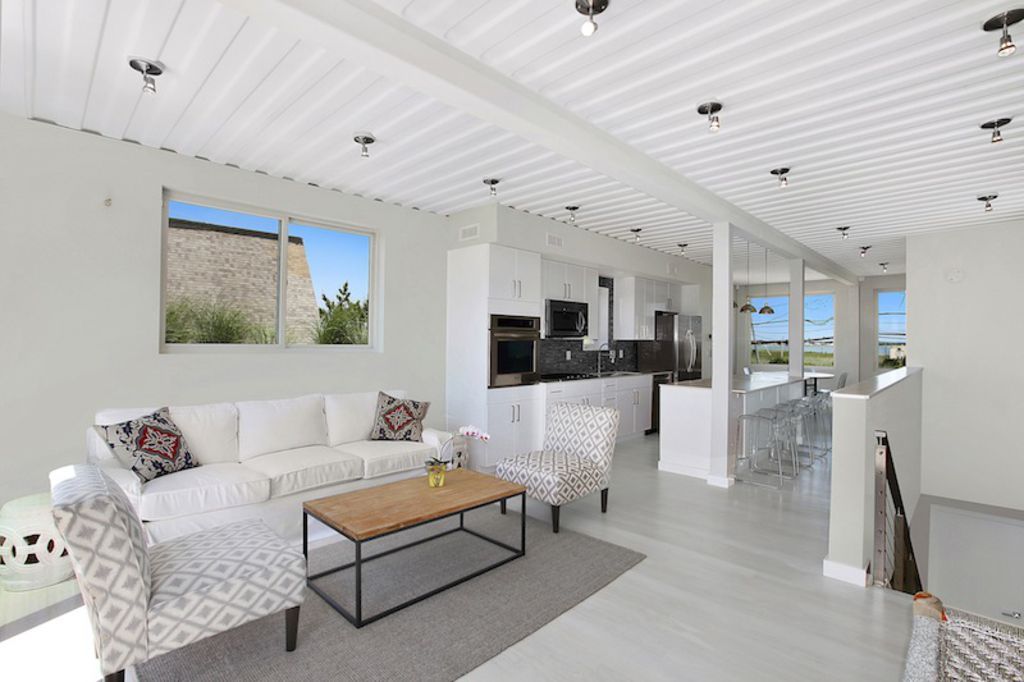Container Home Costs & Regulations in Australia (NSW, QLD, VIC)
This is a subtitle for your new post

Container Home Costs & Regulations in Australia (NSW, QLD, VIC)
H1: Container Home Costs & Regulations in Australia (2025 Guide)
Introduction
The rising cost of housing has led many Australians to explore innovative and affordable solutions such as container homes. But before you start planning, it’s important to understand two key things:
- How much does a container home cost in Australia?
- What regulations and approvals are required in different states (NSW, QLD, VIC)?
This guide breaks down real-world costs, approval processes, and tips to avoid expensive mistakes.
How Much Does a Container Home Cost in 2025?
Base Price Range (Australia):
- Small studio / granny flat (1 bed): $45,000 – $85,000
- Two-bedroom modular unit: $90,000 – $160,000
- Three-bedroom modular family home: $180,000 – $300,000+
Factors That Affect the Final Price:
- Design complexity (flat-pack vs luxury finishes)
- Bushfire rating (BAL-29, BAL-40, BAL-FZ)
- Siteworks & foundations
- Transport & crane delivery
- Council fees & compliance documents
💡 Pro Tip: Always compare purpose-built modular homes (engineered for compliance) vs modified shipping containers (often not compliant, costly to upgrade).
State-by-State Regulations
New South Wales (NSW)
- Council Approval: Development Application (DA) or Complying Development Certificate (CDC).
- BAL Requirements: In bushfire-prone areas, must comply with AS3959. Modular builds can achieve BAL-FZ compliance with correct cladding and glazing.
- Timeframe: 6–12 weeks depending on council.
Queensland (QLD)
- Approvals: Local councils may classify container homes as Class 1a dwellings (same as traditional homes).
- Cyclone Ratings: In cyclone regions, N4/N5 wind classification is required.
- Common Delay: Councils may request engineering for structural steel frames and tie-downs.
Victoria (VIC)
- Permit: Building Permit through a Registered Building Surveyor.
- Energy Rating: 6-star minimum required.
- Challenge: Some councils are stricter about appearance — modular container homes are easier to get approved than raw shipping container conversions.
Bushfire Attack Level (BAL) Ratings Explained
In high-risk zones, compliance is non-negotiable.
- BAL-29: Ember protection, radiant heat up to 29kW/m².
- BAL-40: Direct flame contact possible.
- BAL-FZ (Flame Zone): Highest risk – requires non-combustible cladding, ember-resistant vents, double glazing.
👉 Our modular homes are engineered to meet BAL-FZ, something converted containers almost never achieve without extreme (and expensive) upgrades.
Hidden Costs to Budget For
Many people underestimate the non-house costs:
- Siteworks & Footings: $10,000 – $40,000 depending on soil & slope.
- Transport & Cranes: $3,000 – $20,000 depending on distance & access.
- Services (Power, Water, Sewer): $5,000 – $25,000+.
- Professional Fees: Surveyor, engineer, certifier ($5,000 – $15,000).
💡 Rule of Thumb: Add 20–30% to the base home price for site + approvals.
Financing & Government Incentives
- Home Loans: Most lenders treat modular container homes as standard dwellings if engineered & certified.
- First Home Owner Grants (FHOG): Available in most states if the container home is new and compliant.
- Sustainability Rebates: Check solar & energy-efficiency rebates to offset costs.
Case Study: A Family Home in Turramurra, NSW
A three-module home (120m², 3-bedroom, BAL-FZ compliant):
- Base Price: $210,000
- Siteworks & Footings: $38,000
- Transport & Installation: $12,500
- Council & Compliance: $9,200
Total: $269,700
✅ Delivered & installed in 16 weeks — less than half the time of a conventional build.
FAQs (Schema-Ready)
Q: Do I need council approval for a container home in NSW?
A: Yes, all container homes require either a DA or CDC approval. Even temporary structures often need certification.
Q: Are container homes cheaper than traditional houses?
A: Yes, typically 30–40% less upfront. But long-term savings depend on insulation, compliance, and maintenance.
Q: Can container homes last 20+ years?
A: Properly engineered modular container homes can exceed 50 years. Converted shipping containers often fail within 10–15 years due to corrosion.
Q: How long does it take to build a container home?
A: 10–16 weeks for modular builds, compared to 12–18 months for brick homes.
Conclusion & Call to Action
Building a container home in Australia is an exciting, cost-effective path to home ownership — but understanding costs and regulations is critical.
Unlike modified shipping containers, our purpose-built modular homes are designed for BAL-FZ compliance, energy efficiency, and long-term durability.
👉 Next Step:
- Book a free consultation call
- Download our Container Home Cost & Compliance Checklist (PDF)
- View completed projects




